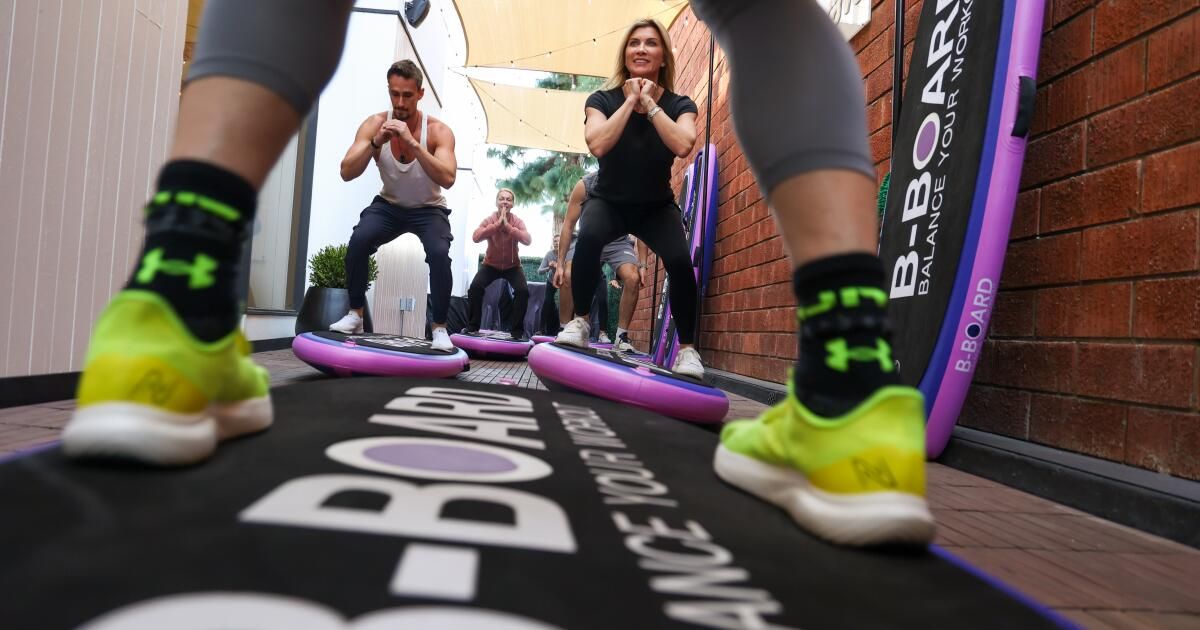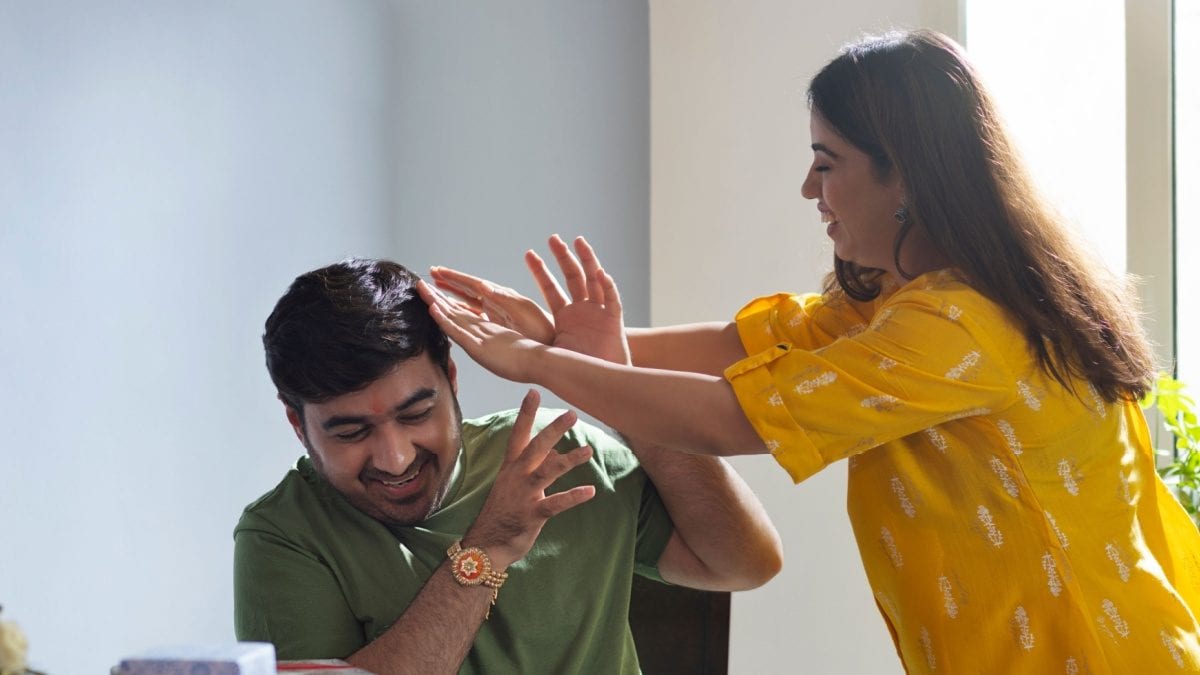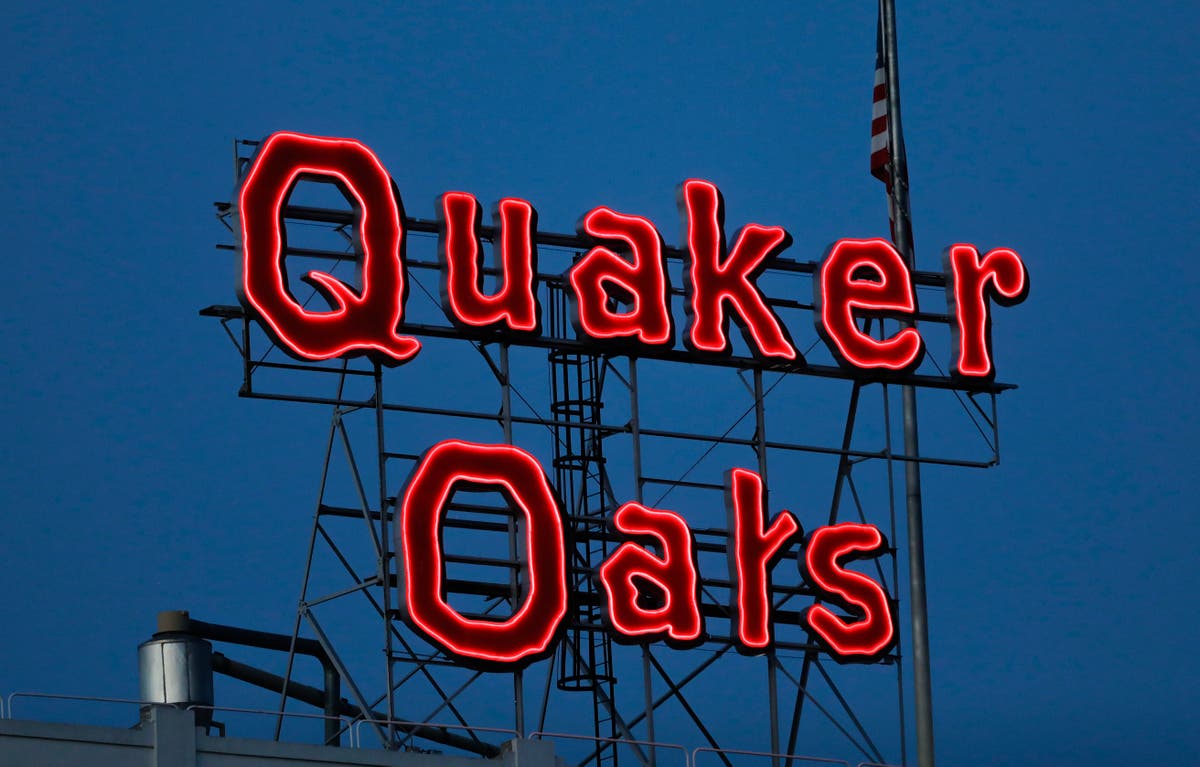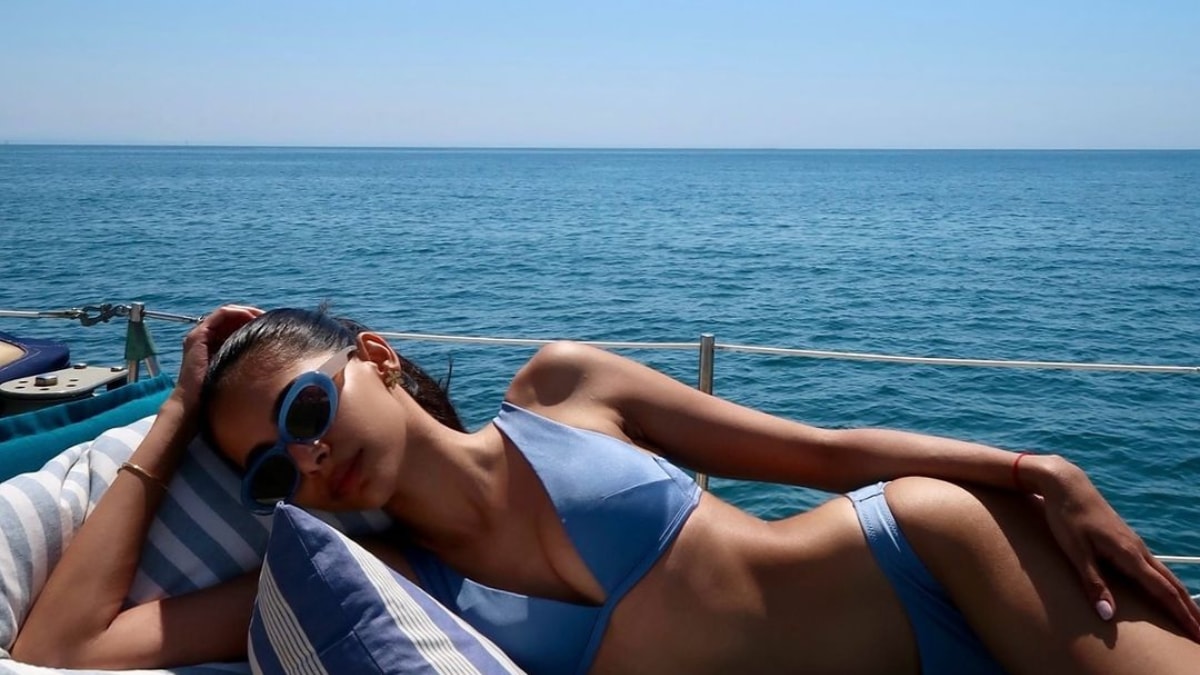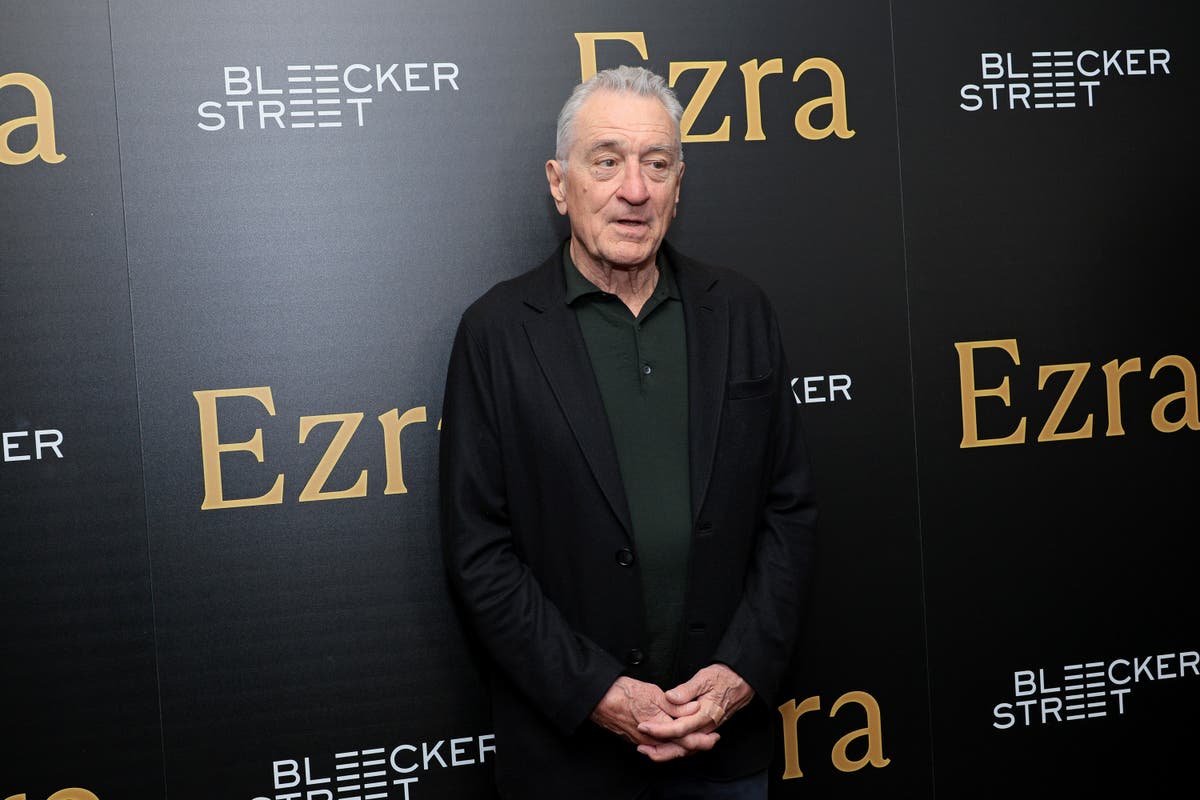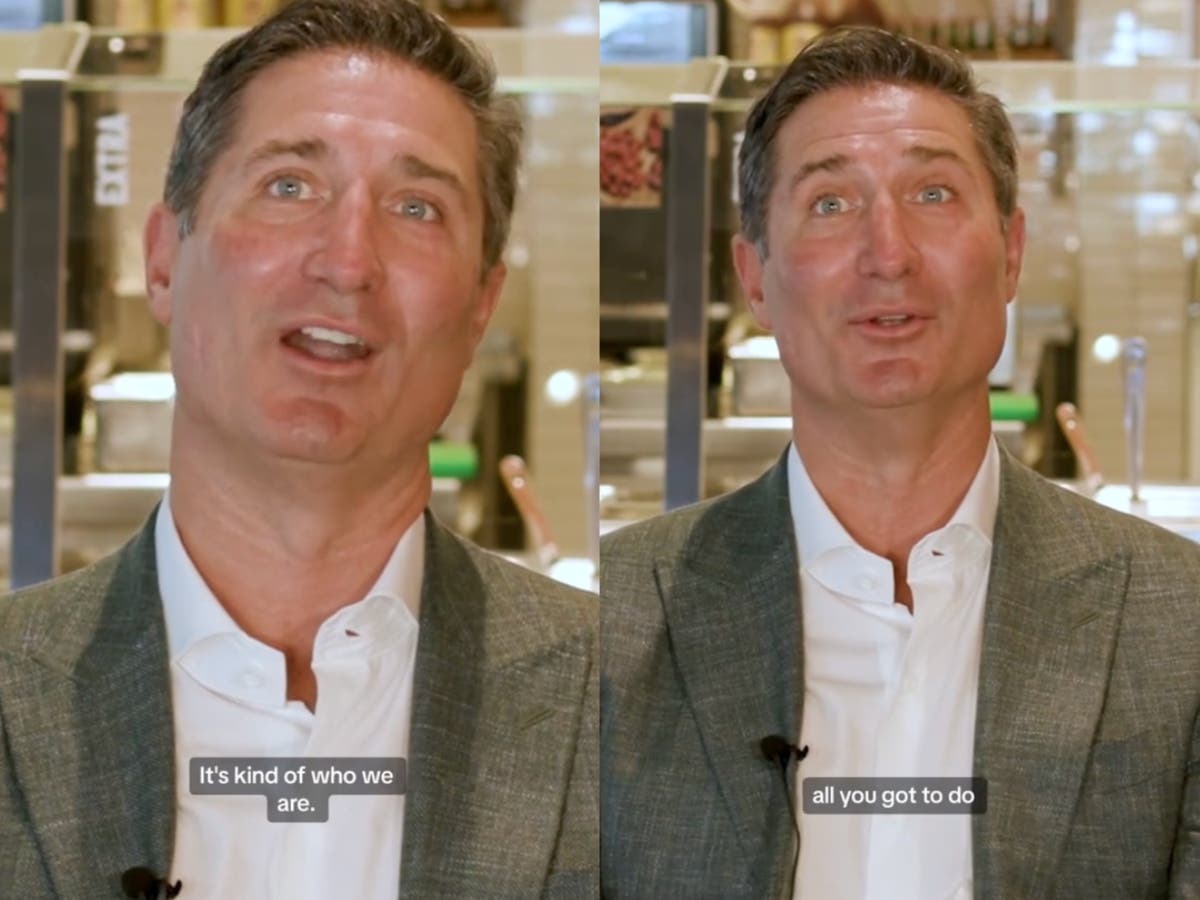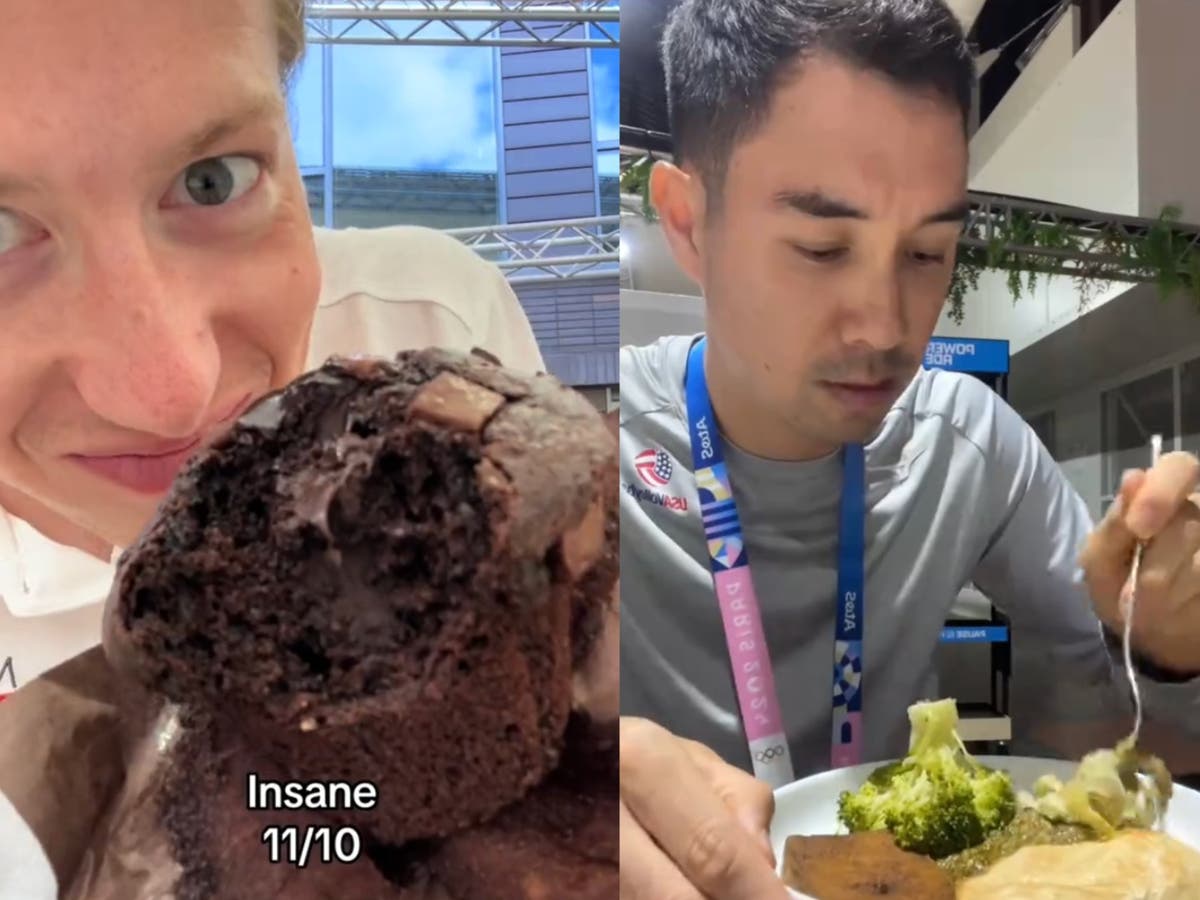Paddle surfing has become simpler with the omission of one main element: water.
Los Angeles' marinas, waterways and canals have long been hubs for paddling activities, but on a recent weekday afternoon in January, guests flocked to the backyard of a physical therapy studio in Westwood. About half a dozen of them lay face down on their boards, swaying gently from side to side on red bricks, their arms outstretched and waving at their sides. From afar, they looked like a series of stranded insects.
They were doing a B-Board Workout, a new exercise created by French trainer Eric Vandendriessche. He is the personality behind Aqua Stand Up, a method he taught in Los Angeles from 2016 to 2020 at the Westside Jewish Community Center and other venues. Aqua Stand Up had participants do bodyweight exercises on strapped paddleboards in a pool, and the instability of the water forced them to use their core muscles. B-Board Workout is the next warmer, drier iteration of the class: performed on solid ground, but just as effective for the core.
B-Board Workout founder Eric Vandendriessche leads ab exercises from his custom inflatable balance board.
(Michael Blackshire / Los Angeles Times)
During the 45-minute class, B-Boarders work out on an inflatable balance board that Vandendriessche custom designed. Its curved bottom imitates the instability of being in water. And it's made to be shorter than a standard racing paddleboard to make it easier to store and lighter to carry.
The ultimate goal? Build strength while doing an especially new workout.
“It is not paddleboard itself, but inspired paddleboarding, recreating those moves but on the ground,” Vandendriessche said during an interview in the studio, a light-filled room dotted with candy-colored dumbbells and resistance bands. “I wanted to help people not be afraid to sail in open water or paddle. And I wanted to create something exciting and fun, that would really help people get fit, improve their balance, use their core and at the same time work on flexibility.”
On the day I visited, most of the class participants were trying B-Board Workout for the first time.
“I would just like something different,” said Maël Mayet, a 36-year-old actor, model and personal trainer. “It's always good to stay up to date.”
Maja Damjanov, 38, was initially skeptical about B-Board. She works as a coordinator and manager at the physical therapy clinic, Studio Brava, which organizes the class.
“At first I thought, 'Oh my God, this is so Los Angeles! People don't know what to do anymore!' she joked. “But I'm always looking for something new and this actually makes a lot of sense. I'm older now, so I want to be healthy and I don't want to stress my body. Plus, it's fun.”
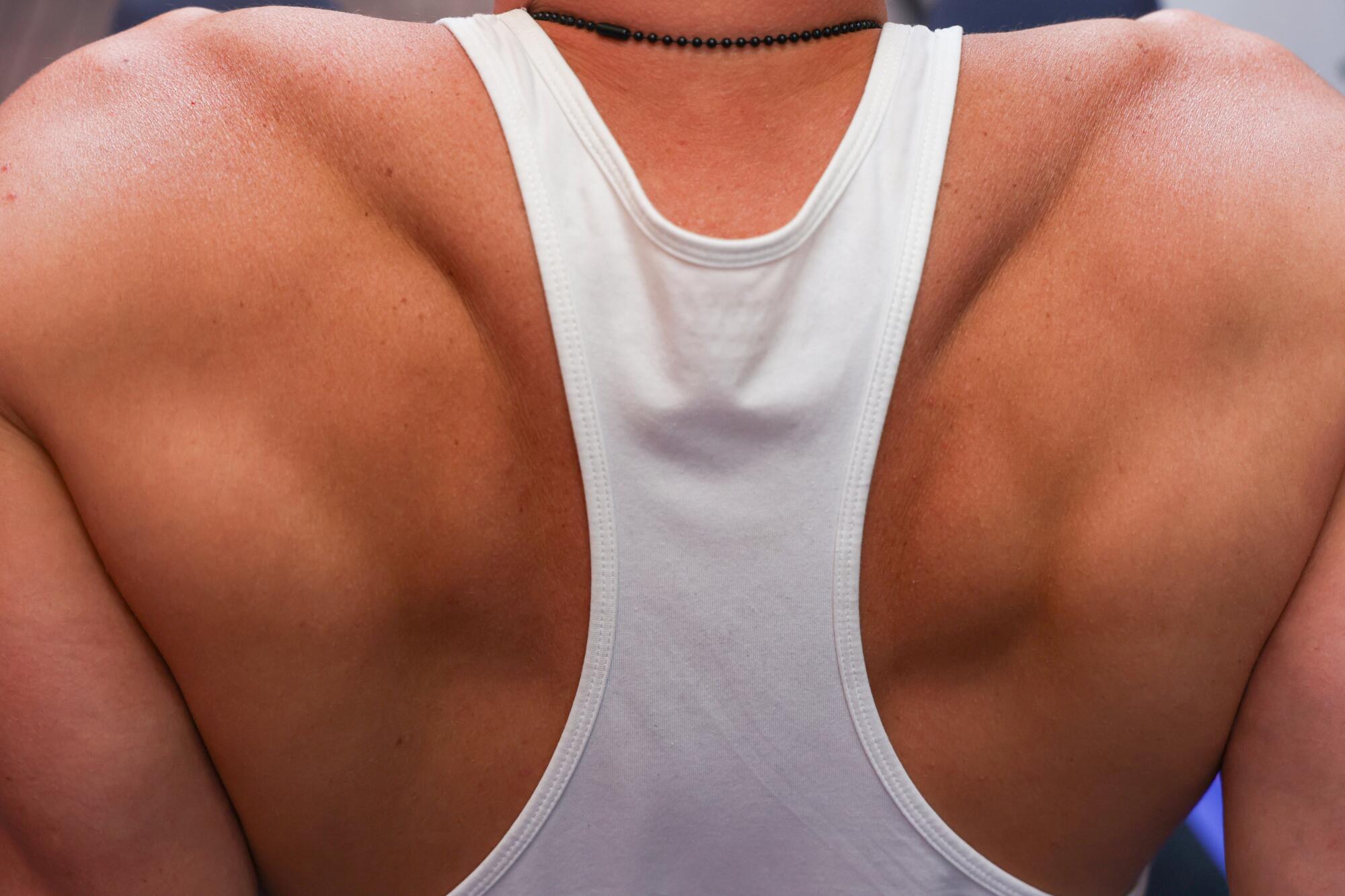
B-Board Workout participant Maël Mayet takes a short break between exercises.
(Michael Blackshire / Los Angeles Times)
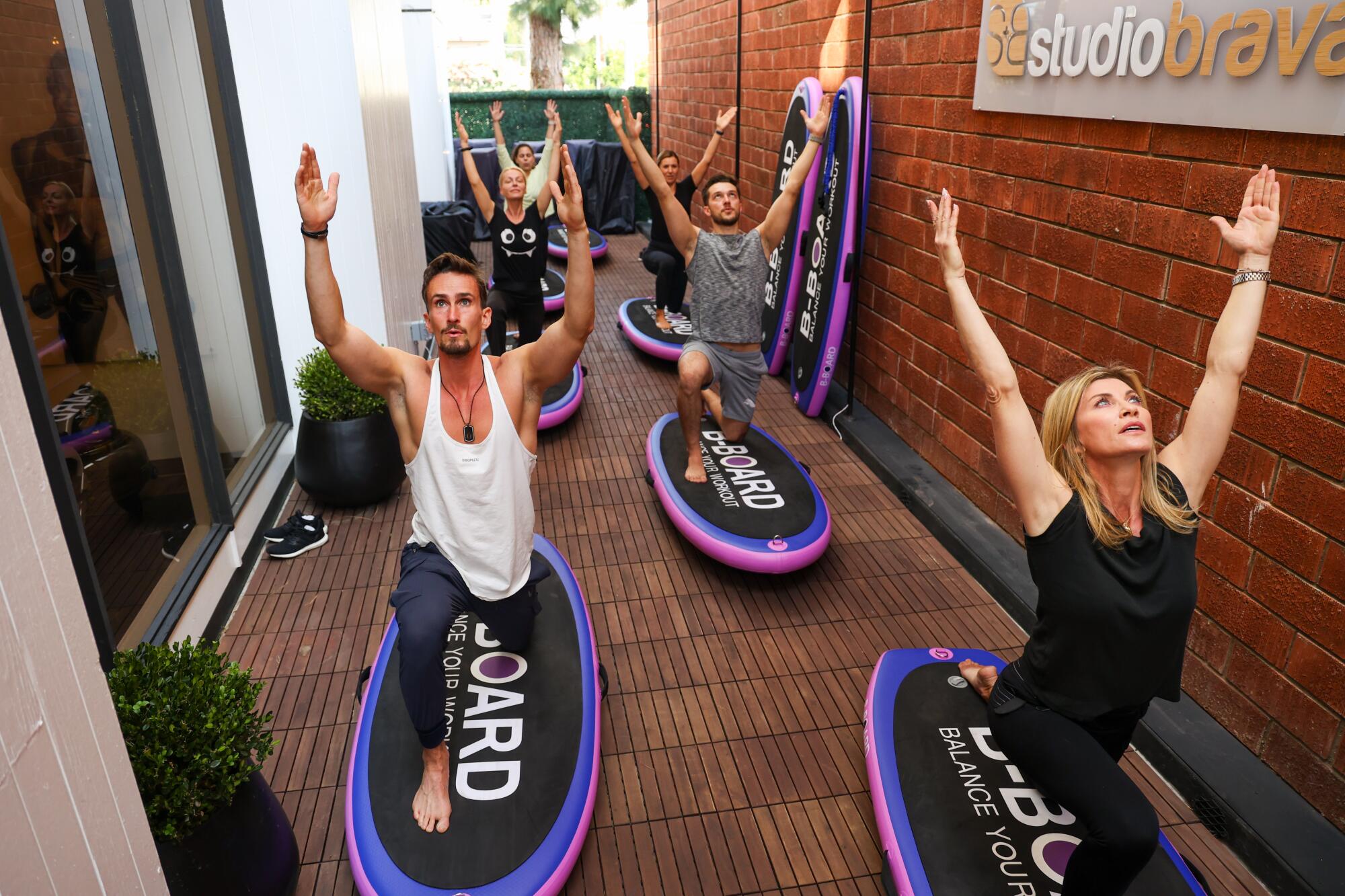
The B-Board Workout ended with a yoga session followed by a guided meditation.
(Michael Blackshire / Los Angeles Times)
At the beginning of class we all stand on our boards, which are lined up in pairs in the narrow courtyard. Vandendriessche is up front giving a demonstration, while upbeat electronic music mixes with waves of traffic noise in the background. The resulting soundtrack is not unlike that of a Los Angeles beach.
“Come on, you got this.” Vandendriessche says, as we imitate basic squats, mountain climbers, bird dogs and planks. He demonstrates it with a broad smile, his wiry body squatting repeatedly and then rising again, like a cheerful jack-in-the-box.
Soon enough, the class is shaking. Some attendees' legs move dramatically as they adjust to the movement of the board.
“Oh wow, can you feel it? This one is for your thighs,” Vandendriessche says, punctuating his instructions with a lilting “da-nah!” in sync with the music. “Move that boat!”
Vandendriessche, 48, grew up in the south of France. in the coastal town of Biarritz. Sports were an integral part of his youth: he played basketball and tennis, boxed, skied and practiced taekwondo. He later earned a bachelor's degree in sports management and spent more than two decades as a personal trainer and group fitness instructor in Europe.
Although Biarritz was a destination for water sports, Vandendriessche did not try rowing until he was 30. But when he did it, he did it instantly, paddling rivers, lakes and the “crazy waves” of the Atlantic Ocean. His favorite place was the narrow, tree-lined La Nive River, which meanders through the Basque Country. Its gentle currents and leafy surroundings reminded him of a tranquil swamp, silent except for the intermittent buzz of insects and the splash of his paddle.
The idea for Aqua Stand Up came to Vandendriessche while rowing in 2009.
“It was super relaxing and I felt my core, I felt everything,” she said. “I said to myself, 'Oh, I'd love to propose something to my clients.' So I took my board to the pool and invited some of my personal training clients to try it out. The response was incredible.”
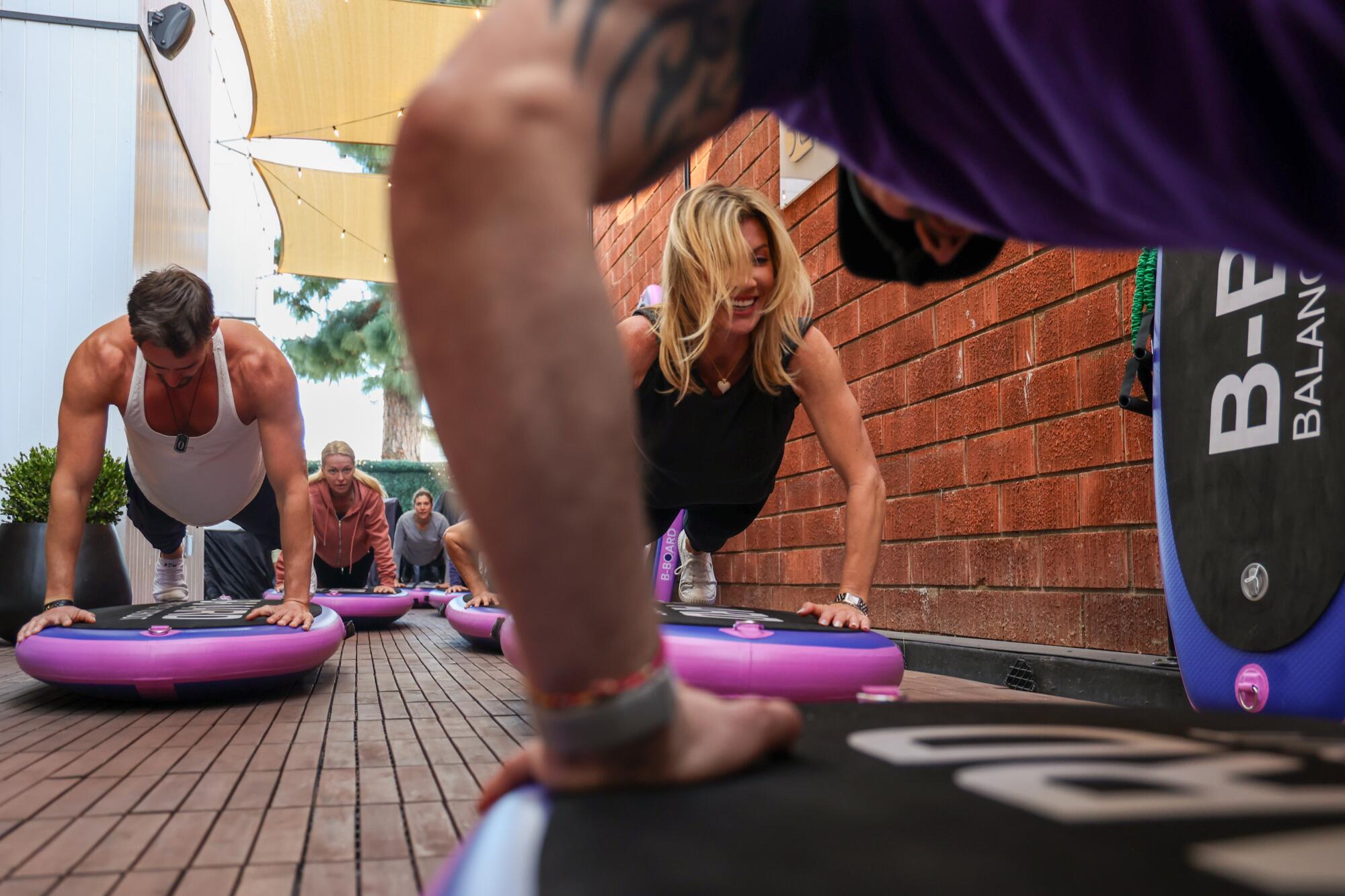
Maël Mayet, left, and Studio Brava founder Cristina Popescu plank as part of the B-Board Workout.
(Michael Blackshire / Los Angeles Times)
He came up with the B-Board while teaching an Aqua Stand Up class. in 2011. Vandendriessche was demonstrating the training on a pool deck, with his students in the water, and noticed that the wooden board he was using was not swaying the way he wanted on the hard surface. He put aside the idea of a dry, grounded paddleboard and continued teaching Aqua Stand Up classes, eventually bringing the exercise to Los Angeles in 2016.
Then in 2018, Vandendriessche dug up his notes and finally designed a board he could use on land. “I'm not an engineer, but I can draw,” he said.
The construction of the B-Board took about six months. Vandendriessche then spent the next two years testing it at private events and festivals. making adjustments to training and improving board design. After three iterations, he was finally satisfied.
When the pandemic hit, attendance at B-Board classes dropped. But in early 2023, Vandendriessche met Studio Brava founder Cristina Popescu at a fitness convention in downtown Los Angeles. Popescu was looking for a way to incorporate fitness classes into her physical therapy business. The two decided to partner.
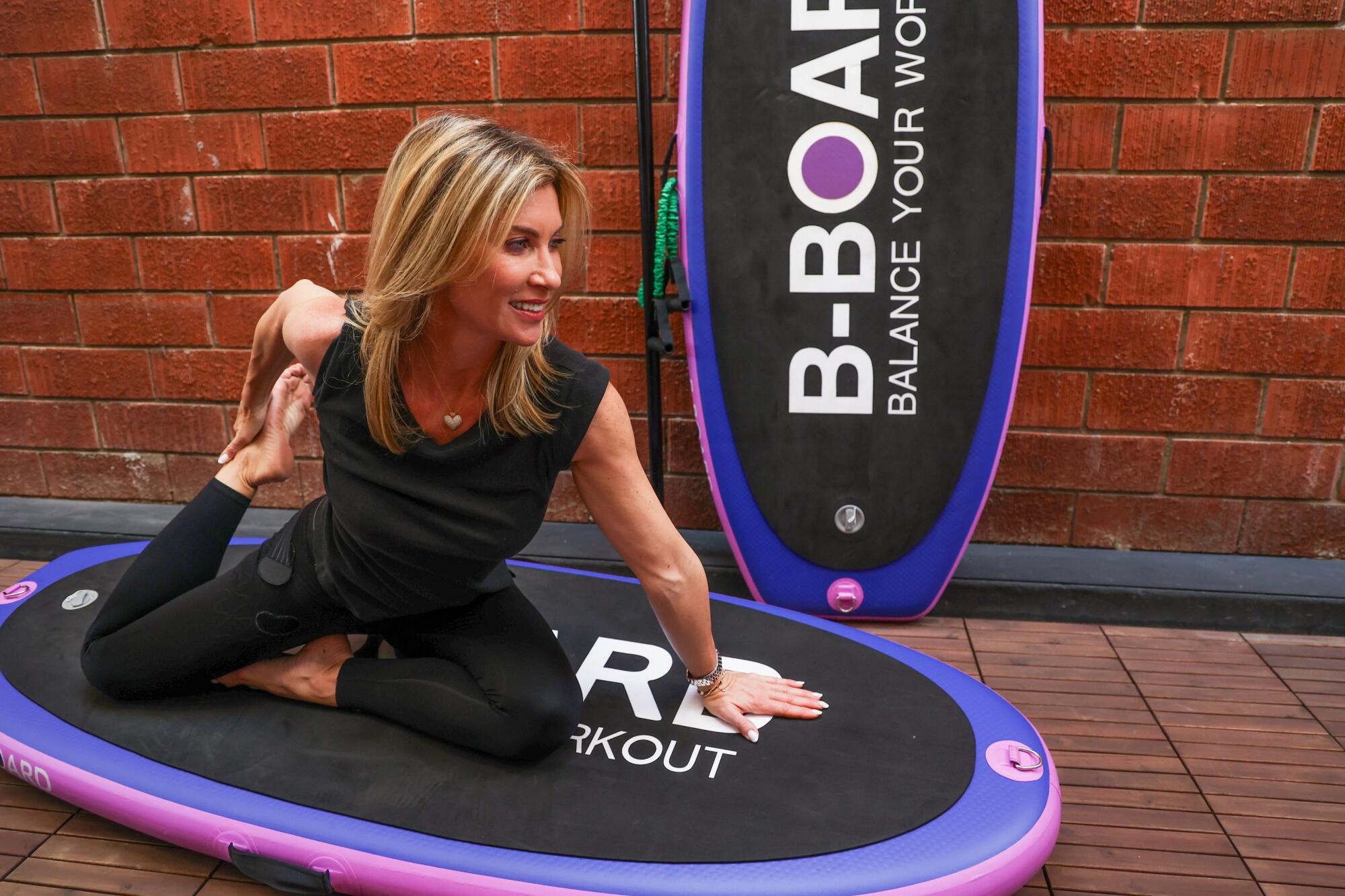
Studio Brava founder Cristina Popescu stretches on her B-Board. “I was tired after 10 minutes, and I'm active!” she said.
(Michael Blackshire / Los Angeles Times)
“I always felt like we needed to bring mindfulness, fitness and overall health to the community, not just rehab,” Popescu said. “I am very excited about B-Board because it is something new and involves a lot of proprioceptive mechanisms for balance. I tried it and got tired after 10 minutes, and I'm active!”
The B-Board is the latest addition to a broader fitness trend that brings board sports to land and indoors. Brushboarding, which uses a wave-shaped ramp made of rotating brushes on which participants can simulate surfing, has been around for more than a decade. But B-Boarding can be done on any hard surface and requires much less equipment.
The benefits of B-Board Workout, according to Vandendriessche, include its accessibility and flexibility. The board can be inflated to varying degrees of firmness, making it more or less wobbly and difficult to balance. Like a Bosu ball, one side of the board is flat and the other is curved. When placed flat side down, it is more stable and easier to maneuver, better for cautious beginners. But unlike a round Bosu ball, users can lie their entire body on the surface of the board, allowing for more types of high- or low-impact exercises.
“It's for everyone, all ages and all fitness levels,” Vandendriessche said. “It's especially good for developing stabilizing muscles, the muscles that protect you from falls.”
Vandendriessche estimates that participants may get burned between 400 and 900 calories in a 45-minute class, based on data from your Apple Watch and the Myzone fitness tracker.
It's a “choose your own adventure” exercise. There is a HIIT fitness version (“B-Board Boost”), a yoga version (“B-Board Breathe”) and a children's version (“B-Board Bounce”). Classes cost $30 each. There are instructional videos online for people who own their own B-Board, which costs $450 online. but Studio Brava is the only place in Los Angeles offering in-person classes.
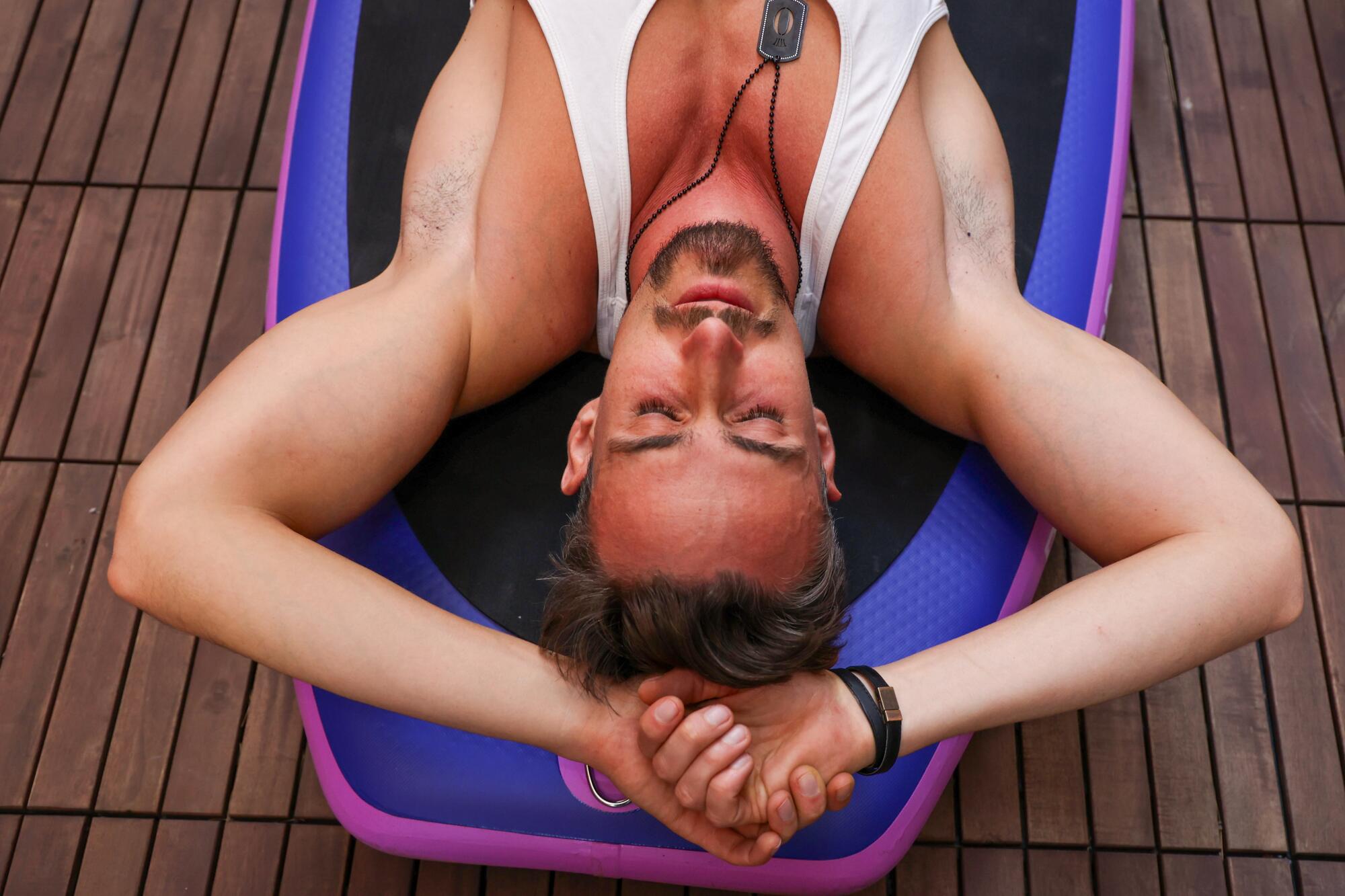
Maël Mayet's final verdict on the B-Board Workout? “I loved it. Very challenging. It's nice to exercise outside of my comfort zone.”
(Michael Blackshire / Los Angeles Times)
Back on the Studio Brava patio, our class relaxes with some yoga. After lying dogs and children's poses, we lie face up on the boards while Vandendriessche leads a slow, guided meditation.
“Close your eyes and imagine we are all in the ocean together,” he says, letting out a deep sigh. He now he rocks the boat like you are in the water.” The participants' bodies loosen and move slightly, while their boards sway from side to side.
It was surprisingly relaxing. Even better? Nobody got dizzy.

